Home » What are high voltage circuit breaker types?
High voltage circuit breakers are essential and have a vast field in terms of the applications. It is important to understand the various types of high voltage breakers, so that you can be informed while selecting a trusted manufacturer for all your HV circuit breaker needs.
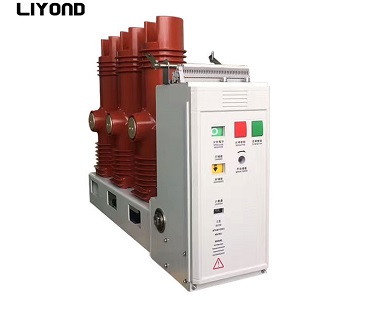
A high voltage circuit breaker is a mechanical device. This device is capable of creating, carrying, and disrupting current under normal circumstances. It is also capable of carrying and breaking current under the circumstances of a short circuit or an overload.
In the case of a High voltage circuit breaker, It is important to consider these aspects:
HV circuit breakers are broadly classified based on the mechanism used to extinguish the arc formed in the system after the moving contact moves away from the fixed contact.
Below are the various types of circuit breakers used in the Substations:
ACB is an electronic switch that protects the circuit from a current overload with the help of compressed air. The primary function of an air blast circuit breaker in a substation is to disrupt the current in case an overload or a fault is detected.
In case of a fault, compressed air is released at high speed through a small nozzle to intensify the effects of the air. In case of an overload, the arc emerges between the moving and the fixed contact, Airblast circuit uses condensed air to disperse the arc within the system.
It also ensures that the two contacts keep swinging inside the sealed chamber alternately with the compressed air to make sure that the air is dispersed throughout, thus extinguishing the arc.
Acb operates in high atmospheric environments. They are not as widely used as before after the advancement in oil circuit breakers. But in countries like Italy and France, air circuit breakers are still favored till the voltage power of 15kV.
They were extensively used in America for a system of voltage 15kV until the evolution of newer technologies of SF6 circuit breaker and vacuum circuit breakers. The air blast works on a dual principle: it not only extinguishes the arc but also disperse the ionized particles inside the contacts. The flow of current is ultimately stopped after the dielectric strength of the medium is increased.
With the development of technology of vacuum-type circuit breakers, new products are developing with time and some top vacuum circuit breaker manufacturers appear at the same time. HV vacuum circuit breakers are used for voltage in the range of 3kV and 38kV. In a Vacuum circuit breaker, the mechanism of blowing out the arc happens inside the vacuum. The technology is mainly developed for medium voltage applications and the technology for the applications at the extra high voltage level is not feasible yet. The mechanism of opening and closing of the contacts carrying current and the interruption of the arc happens inside the vacuum chamber in the system. This is called Vacuum Interrupter.
The interrupter consists of symmetrically arranged ceramic insulators around the steel chambers. The circuit breaker works by extinguishing the arc at the current crossing at zero.
The contacts cause dielectric strength inside the system and this blocks the arc from re-establish. The dielectric strength of a vacuum circuit breaker used in a substation is higher than the other systems.
The vacuum interrupter system has developed manifold from the past years. It is four times higher than that of air and four times higher than that of SF6 gas. It is considered one of the most reliable technologies of hv circuit breakers. It is ideal for all applications of medium voltage systems. The maintenance of vacuum circuit breakers is less compared to the other systems of the circuit.
There are several advantages of a VCB: It is easy to replace, it is environment friendly and it does not produce any hazardous gases like in the case of the SF6 circuit breaker. It is user-friendly. There is no scope for any fire hazards like an oil circuit breaker.
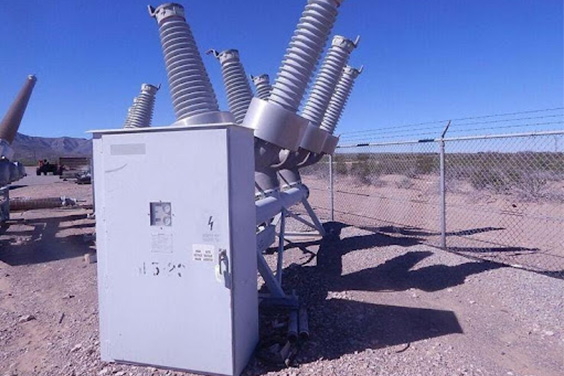
SF6 gas circuit breaker uses Sulphur Hexafluoride gas under pressure to extinguish the arc. It is used in medium voltage circuit breakers. Sf6 gas is used due to its efficient ability to quench the arc. SF6 has higher insulating properties than the other systems. It has a higher ability of recombination after extinguishing the arc.
It contains high electronegativity and due to this, it has a higher quality of absorbing electrons to form the negative ions. As the negative ions are heavier than free electrons, it leads to a decrease in the mobility of the ions.
Thus, it requires high dielectric strength in the system to conduct current. SF6 is efficient in heat transfer through convection and has high gaseous viscosity. The SF6 circuit breaker in the substation is widely used in the voltage range between 33 kV and 800 kV. It can go beyond the voltage range of 800 kV.
The SF6 works similar to an air blast circuit system, the gas is compressed in a high-pressure reservoir. During the operation in case of an overload, the SF6 gas present in highly compacted form is released through the arc. The gas passes from the high-pressure reservoir to the low-pressure reservoir. It is then pumped back to the high-pressure chamber to be utilized again till the arc is blown out.
It is not preferred as SF6 is a poisonous gas and has harmful effects on humans and nature. It is a greenhouse gas, however, various procedures and steps are taken to ensure that the gas is not exposed to the open environment when using this type of high circuit breaker.
The oil circuit breaker uses oil in the blowout of the arc. In this circuit breaker, mineral oil is used. It has better insulating properties than the air blast circuit. The oil breaker is the oldest type of technology. In the oil circuit breaker, the fixed contact and the moving contact are both immersed in the oil. During an overload, the contacts that carry current separate from each other, which leads to the generation of arc in the oil.
As the arc is initiated in the oil, this leads to vaporization of the oil and the oil breaks down into hydrogen gas. The hydrogen gas leads to the formation of a bubble around the arc. The compressed hydrogen gas in the bubble form averts the arc to form and strike again.
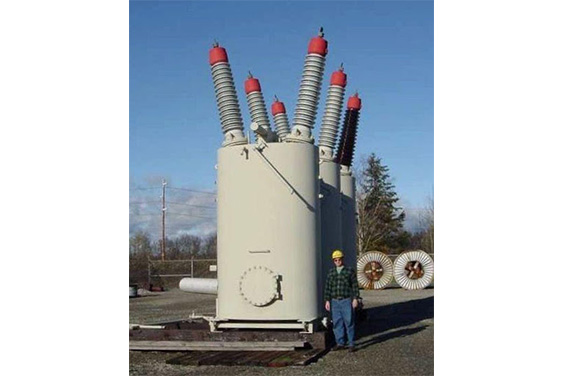
Bulk Oil Circuit Breaker: Also referred to as BOCB. In Bulk Oil Circuit Breaker, oil is used in the arc extinguishing operation and also as an insulation between the fixed and moving contacts and other parts of the reservoir.
Minimum Oil Circuit Breaker: In this type of the ht circuit breaker, As the name suggests, the minimum oil circuit breaker used oil only as an interrupting mechanism and oil is only present in this unit its live potential. The moving and fixed contacts are insulated with the help of porcelain and air. MOCB is developed to reduce the utilization of oil in the circuit.
Oil circuit breakers can be hazardous as they are prone to fire more than the other systems.
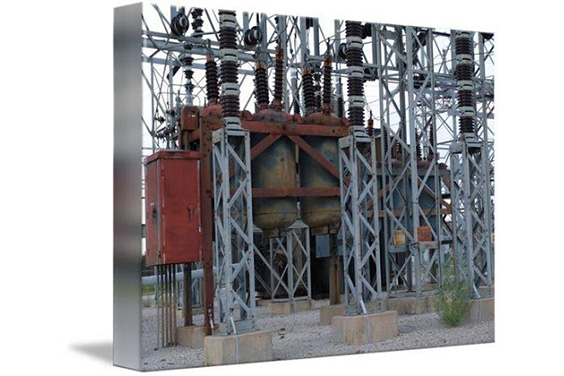
Let us have a look into the application areas of the various types of circuit breakers:
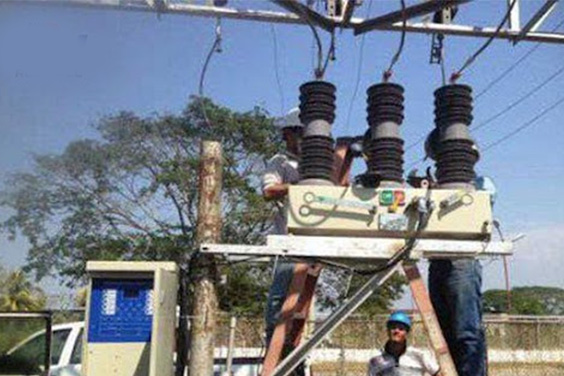
The HT circuit breaker is electrically operated. It works on the principle where the arc is interrupted between the fixed and the moving contact with magnetic blowout coils in the case of a fault.
During the overload, the contacts move away from each other, the arc moves in a horizontal direction and is dispersed within the contacts. It is to ensure that there is no damage to the circuit. The coils provide a magnetic field to the arc to extend the arc upwards to the arc chute which then disperses the arc into small fragments.
This is the high voltage circuit breaker operation.
This is all about what a high voltage circuit breaker is, and its various types available in the market.
This article helps you to understand and choose the best option for your needs. If you need custom high circuit breakers, please feel free to contact us, we will provide you with the beat circuit breaker and excellent service.
Equip your business with long-lasting switchgear components that respond to your needs and smoothen electrical operations at affordable costs.
Supported File : JPG, AI, PNG, PDF, CAD, JPEG